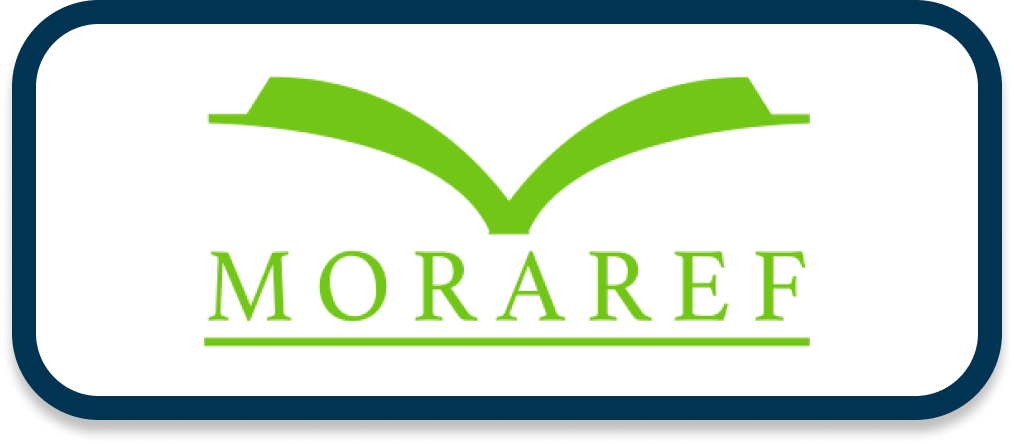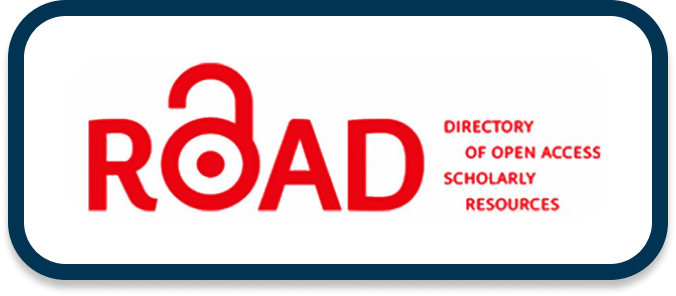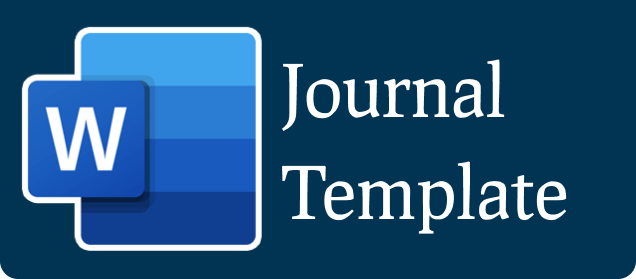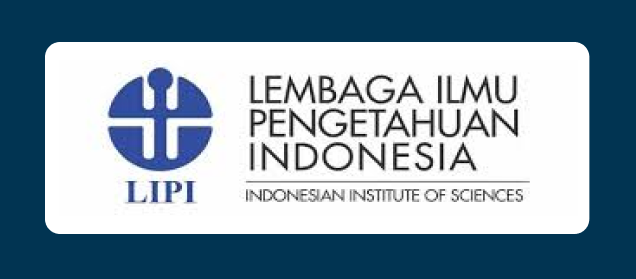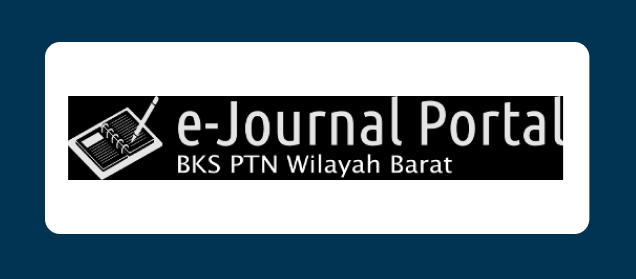أحمد وارسون ومنهجه في تأليف قاموس المنور
Abstract
Failure to train students to use dictionaries leads to a decline in interest in opening Arabic dictionaries. One of the dictionaries widespread among language students in Indonesia is Al-Munawar Dictionary by Ahmad Warsun Munawar. This research aims to know Al-Munawar Dictionary, the method of writing it, the method of revealing words in it, and to know the advantages and disadvantages of Al-Munawar Dictionary. The method of this research is the qualitative approach through desk study. The data analysis used in this research is content analysis where data sources are taken from books, articles or magazines. Results of this research: Ahmed Warsun Munawar wrote the Arabic-Indonesian Al-Munawar Dictionary in 1984 AD, but his first book was approximately in 1970 AD. The words in Al-Munawar Dictionary are arranged according to the first letter, noting the second, third, and fourth letters of the alphabetical order. Among the advantages of this dictionary is that it contains: Ease of searching for words. It consists of two entries. The synonym is found in some words. The word can have many meanings. The dictionary is designed with an Arabic grammar entry that shows morphological information. Surat Al-Fatiha is on the first page. This dictionary includes pictorial vocabulary. The presence of vowels. On all the vocabulary, the disadvantages of this dictionary include: its size is large and large, the movement, meanings and topics are not found in the illustrated vocabulary, and the lack of clarification in the illustrated vocabulary between it and the dictionary.
Keywords
Full Text:
PDFReferences
-. “K. H. Ahmad Warson Munawwir : Sang Penyusun Kamus Legendaris.” Almunawwir. com, 2017.
Al-Qasimy, Ali. Ilm Al-Lughah Wa Shina’ah Al-Mu’jam. Saudi Arabiyah: Jami’ah Malik Sa’ud, 1991.
An-Najah, Jughrofiyah. “(منهج صناعة قاموس المنوّر عربي – إندونيسي لأحمد ورسون منوّر (دراسة وصفية تحليلية.” LISANUDHAD: JURNAL BAHASA, PEMBELAJARAN DAN SASTRA ARAB. 2, no. 2 (2015).
Badruddin, Uril. آفاق المعاجم العربية. Malang: Lisan Arabi, 2020.
Chaer, Abdul. Leksikografi & Leksikografi Indonesia. Jakarta: Rineka Cipta, 2007.
Kridalaksana, Harimurti. Kamus Linguistik. Jakarta: Gramedia Pustaka Utama, 2001.
Mahfud Shalahuddin. Media Pembelajaran Agama. Bandung: Bina Islam, 1986.
“No Title,” n.d. https://www.ejaba.com/question/ما-هو-الفرق-بين-القاموس-والمعجم-في-اللغة-العربية.
Putri, Wakhidati Nurrohmah. “Pengaruh Media Pembelajaran Terhadap Motovasi Belajar Bahasa Arab Siswa Madrasah Tsanawiyah.” Lisania Journal of Arabia Education and Literature 1, no. 1 (2017).
Sugiyono. Metode Penelitian Kualitatif. Bandung: Alfabeta, 2018.
Taufiqurrochman, R. “المعاجم العربية إلالكترونية واستخدامها في إندويسية.” Abjadia : International Journal of Education 1, no. 2 (2016).
عمر, أحمد مختار. علم الدلالة. القاهرة: كلية دار العلوم جامعة، علم الكتب، الطبعة الخامسة, 1998.
مقبول. “فعالية استخدام بطاقة الالعاب اللغوية في تعليم المفردات.” رسالة الماجستير-جامعة سونان أمبيل. سوربايا, 2014, 18.
منور, أحمد ورسون. معجم المنور عربي - إندونيسي. سورابيا: فستكا فرغريسيف, 1997.
DOI: http://dx.doi.org/10.22373/ls.v13i2.20618
Refbacks
- There are currently no refbacks.
Copyright (c) 2023 Umar Abdul Aziz

This work is licensed under a Creative Commons Attribution-ShareAlike 4.0 International License.






